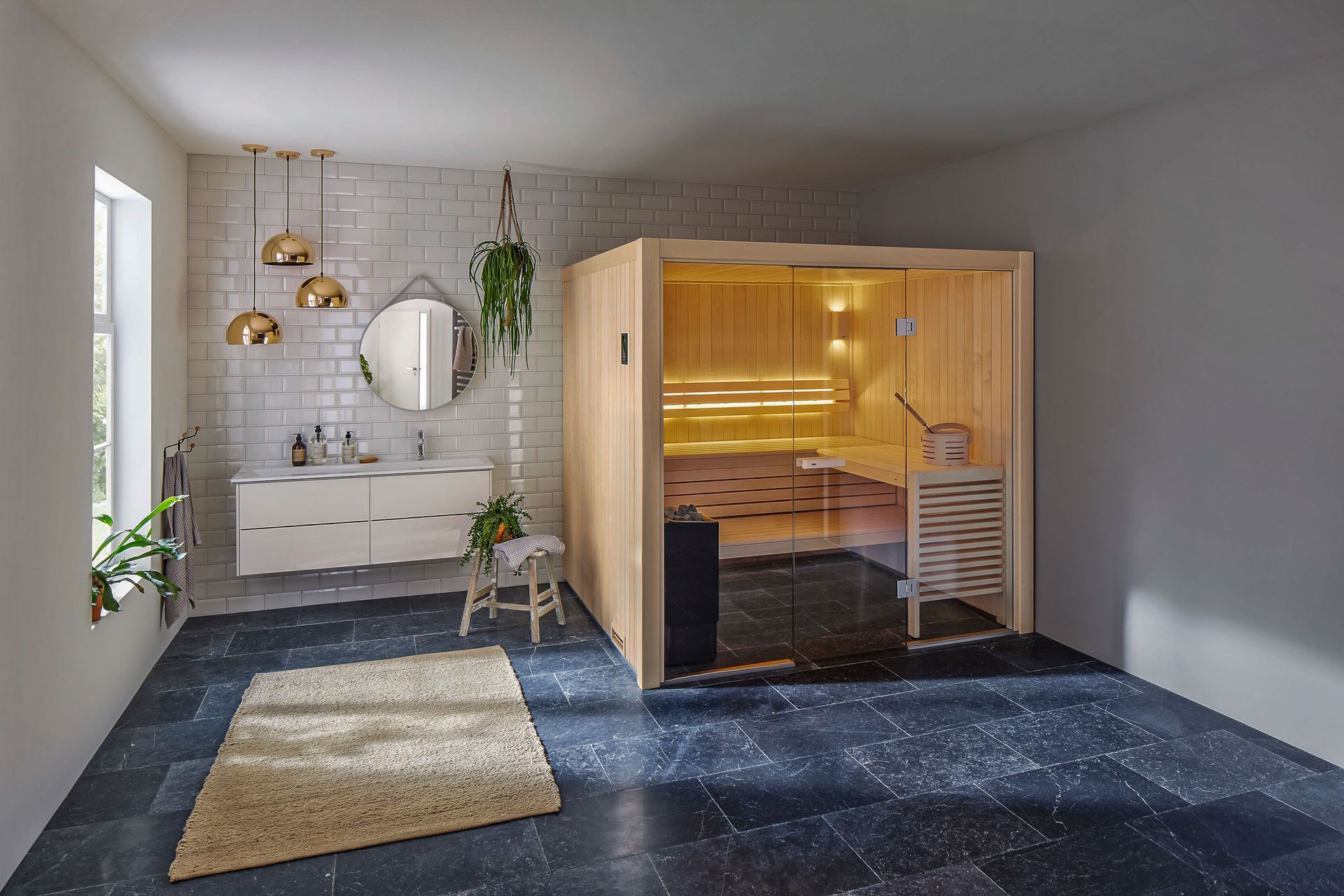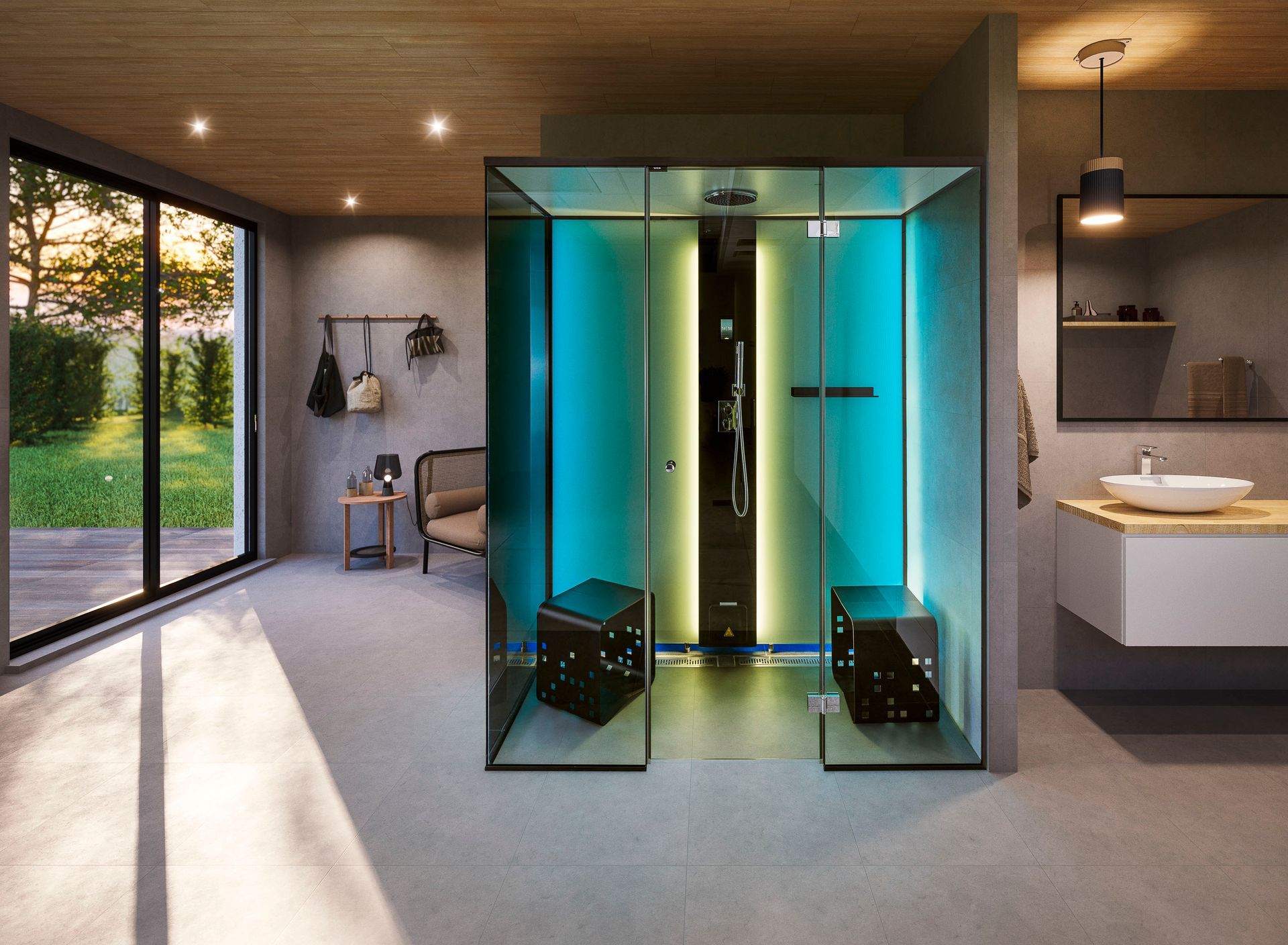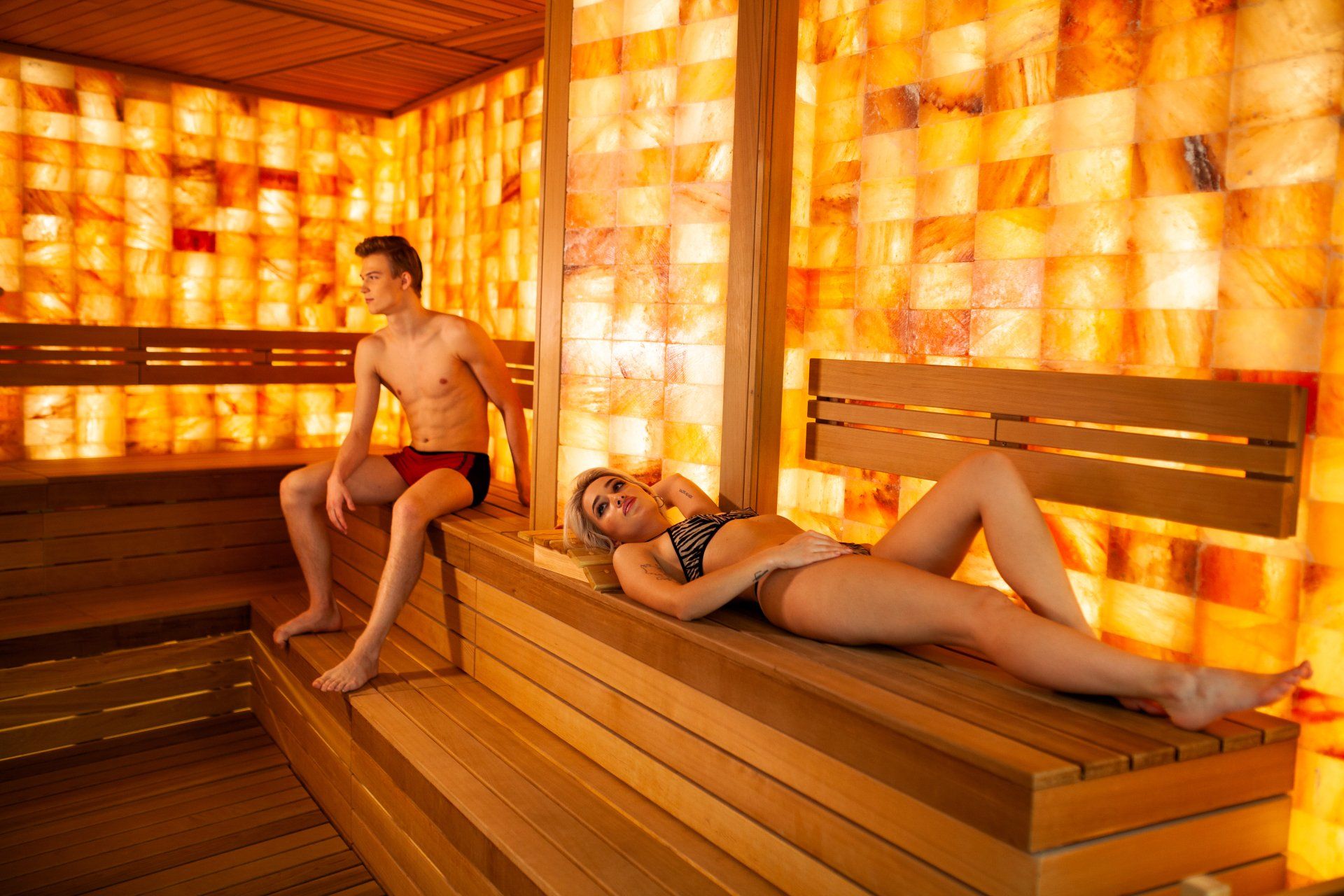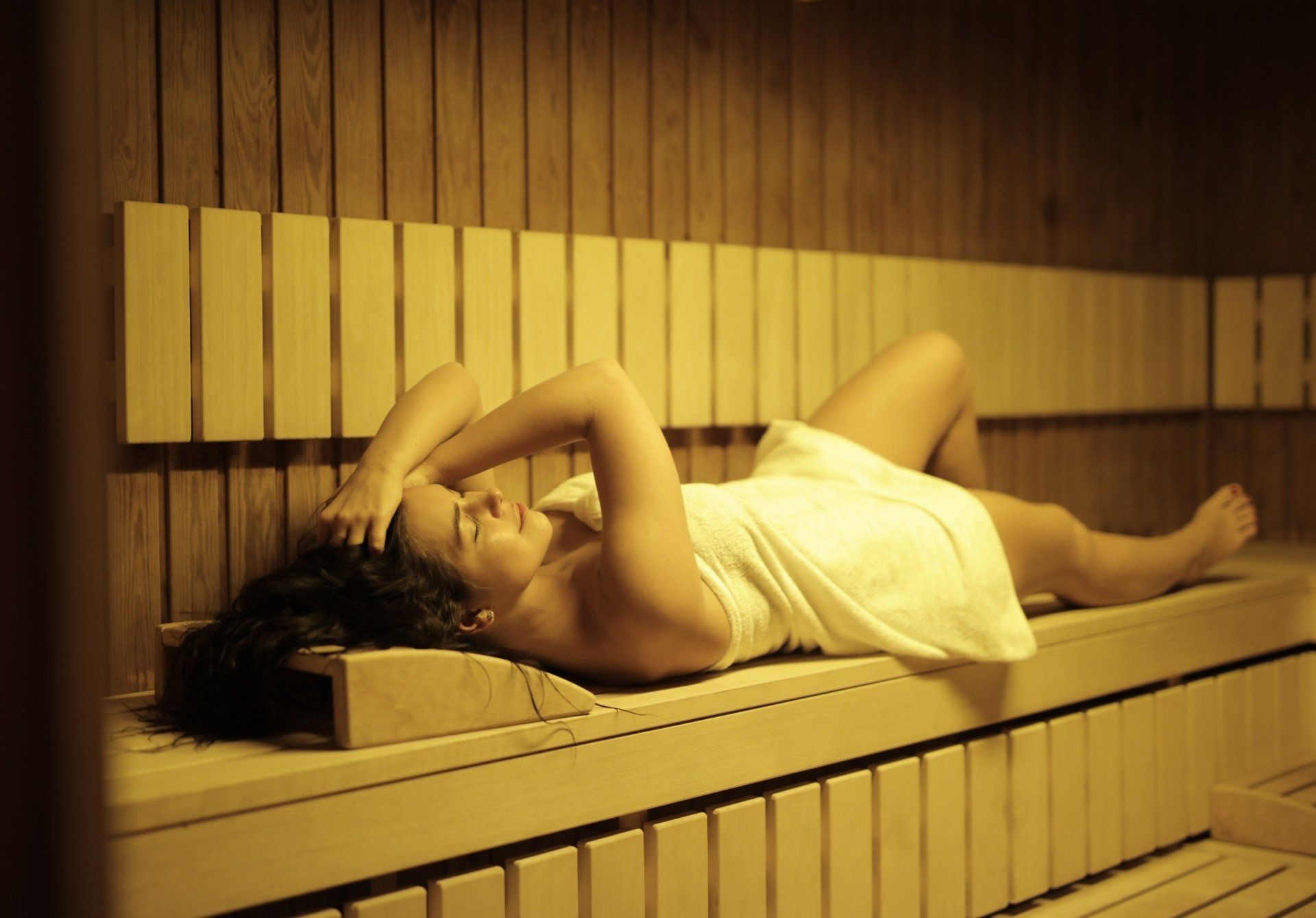Traditional v Infrared Home Saunas
Comparison & Contrast

When it comes to enjoying the benefits of heat bathing, you've probably come across numerous articles discussing the health advantages of traditional saunas, far-infrared saunas, and steam baths. In this article, we won't delve into the debate of which sauna is better—traditional or far-infrared. Instead, we'll explore the distinctions between these sauna types and help you determine which might be the right choice for you.
If you enjoy steam in the sauna, higher temperatures, and a more social environment, then a traditional sauna may be your best option. On the other hand, if you prefer lower temperatures with body-penetrating heat, a far-infrared sauna might be more appealing.
Similar Benefits of Sauna Bathing:
The primary goal of sauna bathing is to experience relaxation, stress reduction, sweating (and detoxification), and relief from aches and pains. Both traditional and far-infrared saunas offer these benefits, although the conditions under which they are achieved differ.
Both types of saunas provide a relatively dry environment. Far-infrared rooms tend to maintain normal house humidity levels, while traditional saunas are drier unless water is sprinkled over the rocks.
Traditional saunas uniquely allow users to control both temperature and humidity by adding water to the rocks, offering a more customised experience. In far-infrared saunas, you can control the temperature but not the humidity.
Heat bathing has much to do with creating a self-induced fever.
As Hippocrates, the Father of Medicine, observed, "Give me fever, and I can cure every disease." While this statement is exaggerated, it highlights the healing power of increased body temperature. Both sauna types induce deep relaxation, loosen sore muscles, and provide relief to aching joints through perspiration. Sauna sessions can help burn calories, aid in weight loss, and contribute to a healthy lifestyle.
Differences Between Traditional and Far-Infrared Saunas:
- Temperature: Traditional saunas typically reach temperatures between 150°F and 185°F, while far-infrared saunas operate at lower temperatures, usually between 120°F and 140°F. Traditional saunas do not exceed 200°F in the United States due to safety regulations.
- Method of Heating: Traditional saunas use electric heaters that heat a compartment of rocks, which radiate heat throughout the room. In contrast, far-infrared saunas use emitters that emit infrared energy directly, penetrating the body and warming muscles and joints.
- Heat Up Time: Traditional saunas require 30-40 minutes to reach the desired temperature. Far-infrared saunas can be used sooner, but some users prefer to wait until the room reaches at least 110°F.
- Energy Usage: Traditional saunas tend to consume more electricity because of their larger size. For a two-person traditional sauna, a 4.5kW heater costs approximately $0.37 for the first hour and $0.25 for each subsequent hour of continuous use. Far-infrared saunas are smaller and cost around $0.10 per use.
- Social Experience: Traditional saunas offer a more social environment, as they are typically larger and can accommodate multiple people. Far-infrared saunas, being smaller, are often used as a private escape.
As you consider purchasing a sauna in New Zealand, it's important to weigh your preferences and needs. You might even explore saunas that combine both traditional and far-infrared features, allowing you to choose the sauna experience you desire at any given time.
Additionally, when purchasing a custom home sauna, consider factors such as size, energy efficiency, and design. Custom options are available to cater to your specific requirements and aesthetic preferences. Be sure to select a reputable supplier who can guide you through the selection process and ensure that your sauna meets all safety and regulatory standards in New Zealand.
Enjoy the many benefits of sauna bathing, and may your sauna become a cherished part of your wellness routine in your New Zealand home.







